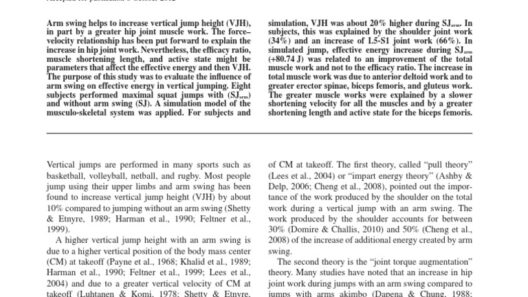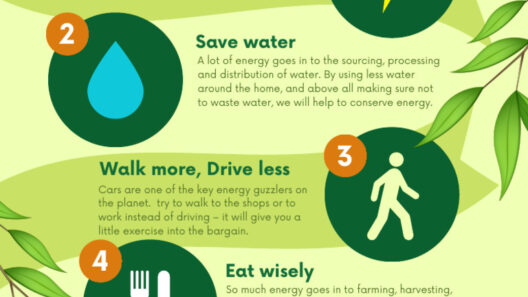Energy conservation is a fundamental principle in physics that dictates how energy behaves in various systems, yet the question remains: Is energy conserved in all collisions? This inquiry leads us to explore the nature of energy, different types of collisions, and the underlying mechanics that govern these interactions.
At its core, energy can take many forms—kinetic, potential, thermal, and more. When we consider a collision, particularly between two objects, we must distinguish between two primary types of collisions: elastic and inelastic. Understanding these distinctions helps to elucidate the nuances of energy conservation.
In an elastic collision, both momentum and kinetic energy are conserved. This means that the total kinetic energy of the system before the collision is equal to the total kinetic energy following the collision. A classic example can be seen in the collisions of billiard balls or an ideal gas; the interactions occur without any transformation of energy into sound or heat. Empirical studies reveal that in such instances, the delightfully predictable nature of energy conservation manifests beautifully. One can visualize billiard players delighting in the predictability of their game as the balls strike one another, bouncing off in a controlled, energy-conserving dance.
Conversely, in an inelastic collision, while momentum remains conserved, kinetic energy is not. During these collisions, some kinetic energy is transformed into other energy forms—typically heat, sound, or deformation. A prime example is a car crash. The vehicles involved crumple upon impact, absorbing energy and converting it into heat and sound. The aftermath contrasts sharply with the earlier scenario of billiard balls, as one can observe significant alterations in shape and energy dynamics. Here, the total kinetic energy provided before the collision is a mere ghost of its former self, dissipated into the environment.
What then, one might ask, are the implications of this understanding? By dissecting these phenomena, we gain insights into broader systems, such as thermodynamics and conservation laws. These insights challenge us to reconsider our role in energy management and efficiency. Inelastic collisions have real-world ramifications beyond the realm of physics; they underscore the paramount importance of designing vehicles with energy absorption in mind. This knowledge empowers engineers to create safer automobiles while adhering to the principles of energy conservation, albeit in a different form.
Now, let us delve deeper into the mechanics of collisions through the lens of the conservation of momentum. Momentum, defined as mass multiplied by velocity, is always conserved in both elastic and inelastic collisions. This principle of momentum conservation offers intriguing insights into the outcomes of different collision scenarios. It fuels our understanding and invites us to ponder the consequences of our actions, as every push or shove in our universe affects another entity.
The implications extend into the realms of sports, engineering, and even astrophysics. In each field, energy conservation principles resonate harmoniously with the laws of motion. Imagine a spacecraft on a trajectory heading toward another body in space; the conservation of momentum and energy becomes crucial in orchestrating an effective rendezvous or, alternatively, preventing catastrophic collisions.
As we extend our examination beyond rigid bodies, we cannot ignore the willingness of energy to shift forms fluidly between various domains. When energy is transformed, it does not simply vanish; it transitions, adapting to the laws that govern our universe. This brings us to a vital observation: the conservation of energy is not merely about its retention but also about its regeneration and recycling.
The energy-efficient mechanisms we observe in nature provide a model from which we can learn. Ecosystems thrive on these principles, recycling energy through complex interrelations among organisms, plants, and their environment. Through photosynthesis, solar energy undergoes conversion into chemical energy, providing sustenance for diverse life forms. When these organisms die, their energies are not lost but rather returned to the environment, perpetuating the cycle of life and energy into subsequent generations.
This perspective evokes curiosity about our own practices and the systems we have created. Are we, as a society, optimizing the conservation and transformation of energy? Are we cognizant of how collisions—both physical and metaphorical—impact our energy consumption? Every time we break a bottle, use electricity unnecessarily, or even engage in transportation, we are inadvertently participating in an elaborate energetic exchange.
This awareness speaks to environmental conservation. If energy is conserved in various forms, can we not strive for a world that cherishes and perpetuates sustainable energy systems? Renewable energy sources like wind, solar, and geothermal embody this intrinsic principle of transformation, prompting us to consider how we can elevate our commitments to energy conservation.
In conclusion, while energy is conserved across the spectrum of collisions in terms of momentum, its manifestation can differ drastically depending on the nature of those collisions. The interplay between kinetic and potential energy introduces a reality that not only influences physical interactions but also provides us with a rich tapestry of lessons about the essence of energy itself. Contemplating these interactions fosters a deepened understanding of the environment and invites us to challenge the fabric of our practices. As we transition into a future of sustainable solutions, let us remain vigilant in observing how energy is conserved, transformed, and cherished in all its myriad forms. Understanding energy conservation is not merely a scientific endeavor; it is a profound call to action for a responsible coexistence with the world around us.








